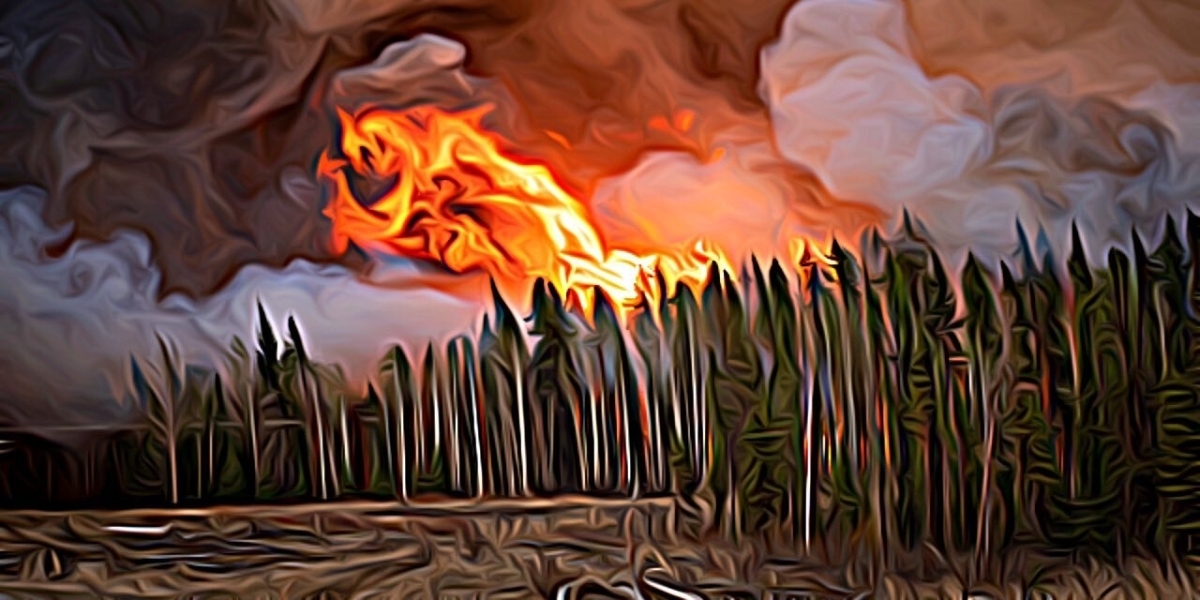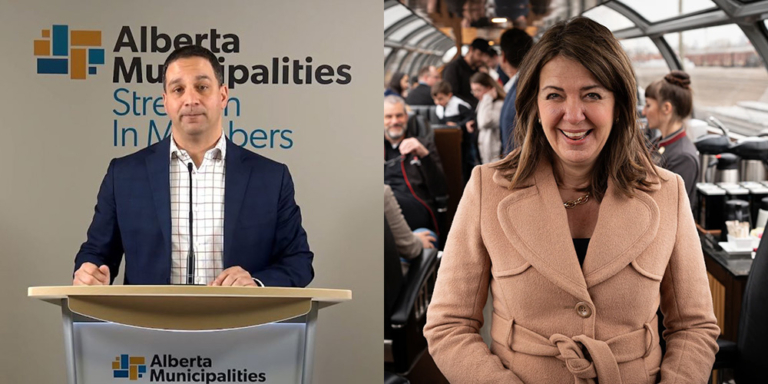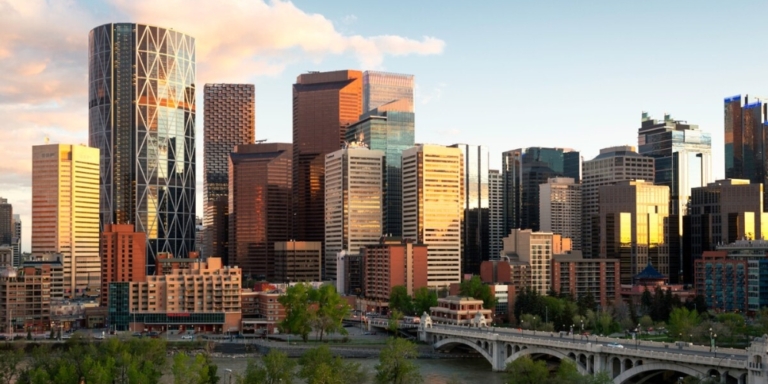On Saturday, Premier Danielle Smith declared a state of emergency in response to many wildfires that have burned more than390,000 hectares in the province. That’s a massive spike, as only 417 hectares had burned this time last year.
At the time of writing this, there are 104 active wildfires, 27 out of control.
How did things get this way? Well, there are a few reasons.
Climate change is a big one. As temperatures rise, there is more dry fuel available to burn. Higher temperatures also create long, hot, and dry weather, which allows fires to spread rapidly.
The wildfire near Evansburg, Alberta | Alberta Wildfires
“We are seeing climate change in action…The Fort McMurray fire was 1 1/2 to six times more likely because of climate change,” wildfire expert Mike Flannigan told CBC News.
According to a 2018 poll by Canada’s Ecofiscal Commission, just over half of Albertans believe climate change is caused by human activity. The remaining 46% think natural patterns, not human activity, cause warming.
No matter what you believe, the fact of the matter is that around 30,000 people are now displaced from their homes due to wildfires. Over 8,000 people have been evacuated in Edson, with 7,200 more evacuated in Drayton Valley and Brazeau County.
“You get out of town, and you escape with your life. That is more important than whatever you left behind,” Edson evacuee Andrew Stefanchuk told The Globe and Mail.
Smith has scheduled a call with Prime Minister Justin Trudeau today to ask the federal government for assistance. The province has also turned to the Canadian Interagency Forest Fire Centre and partners in the US for aid.
Additionally, the 16-person incident management team of firefighters from BC arrived in Hinton on Sunday to fight the wildfire near Edson.
Although Risk Is Increasing, Funding Shrinks
But the runaway climate is not the only reason we’re facing an uptick in fires. In 2019, the same year more than 880,000 hectares burned across Alberta, the UCP announced cuts to the provincial wildfire suppression program, including the Alberta Wildland Firefighter Rappel Program, better known as RAP.
The RAP crew had firefighters trained to rappel from helicopters and aggressively contain fires while they were still small.
At the time, the UCP defended the cuts, claiming that these crews rappelled into only 2 percent of fires in 2019.
However, the RAP crew played a big role in suppressing fires before they spread. Not to mention, rappel firefighters can access areas other staff can’t.
“If you look at something like Fort McMurray fire, we were rappelling every day…Maybe that’s the two percent of the fires that happened that year, but it was 90 percent or more of what was burned,” said former RAP rappel sub-leader Logan Mahoney.
Without rappel crews, firefighters sometimes have to walk several kilometres to reach a fire. This puts unburnt fuel between firefighters and the fire, one of North America’s leading causes of firefighter entrapments and fatalities.
Last year, the UCP government also cut the wildfire-fighting budget by about 8 to 12 percent.
But there’s blame to go around. In 2016, the NDP government cut its tanker contracts by $5.1 million and its base wildfire management budget by $9.6 million.
“We expect longer fire seasons, more fire, higher-intensity fire in the future as we continue to warm,” Flannigan, the wildfire expert, told Global News Calgary.
Albertans deserve better local wildfire management, not budget cuts.
On Saturday, Smith claimed the government is equipped to handle the ongoing wildfire crisis despite budget cuts, but the 30,000 people that have been displaced so far may need more convincing.






